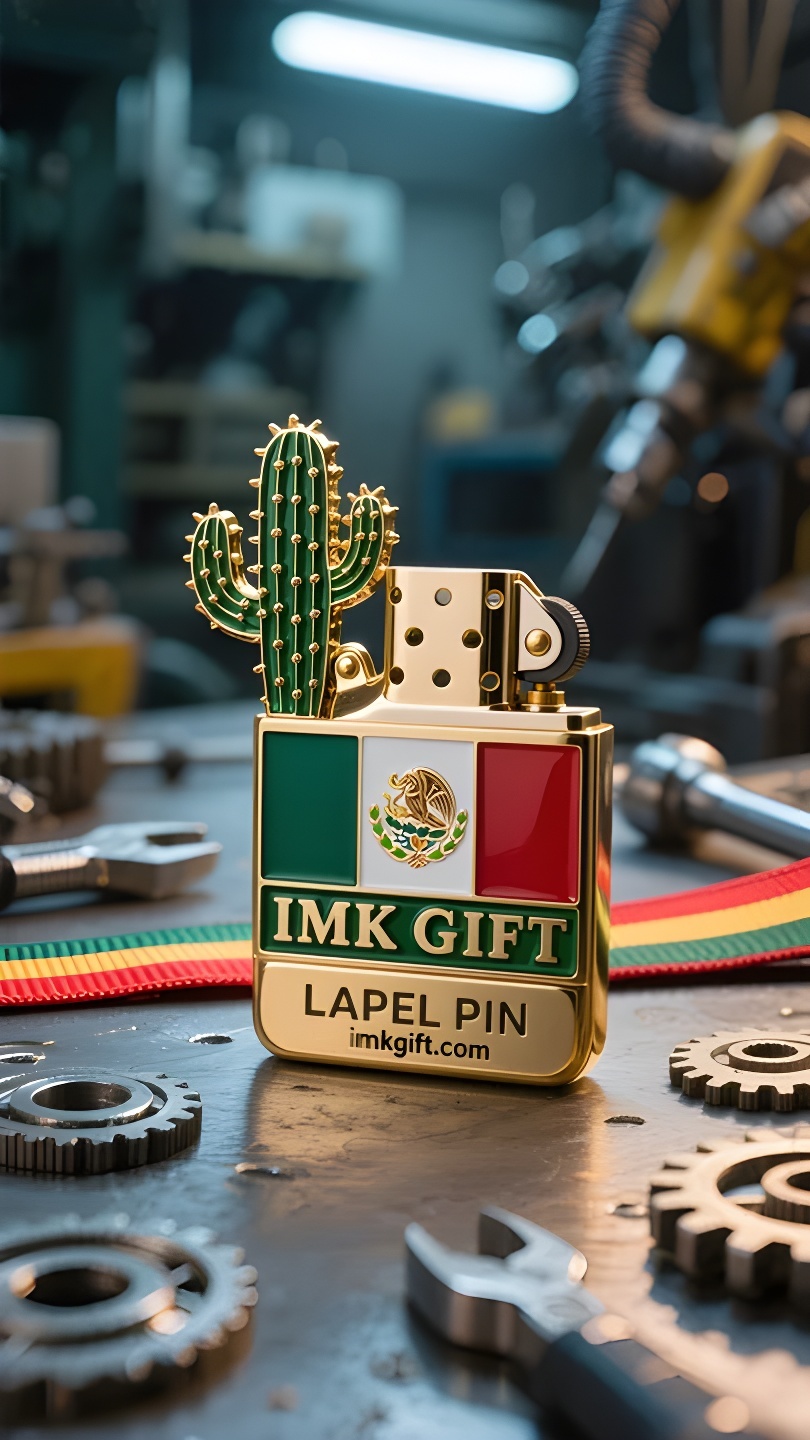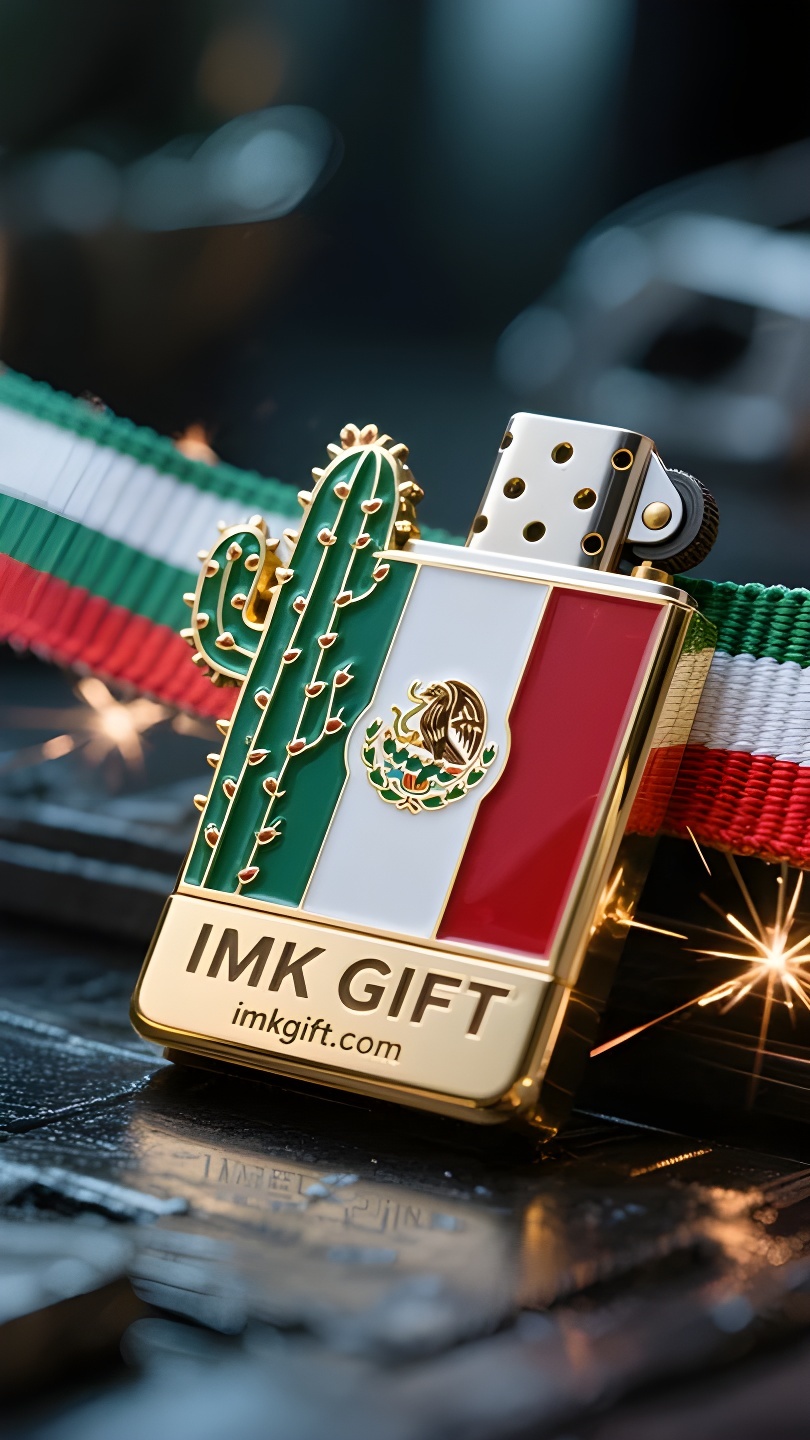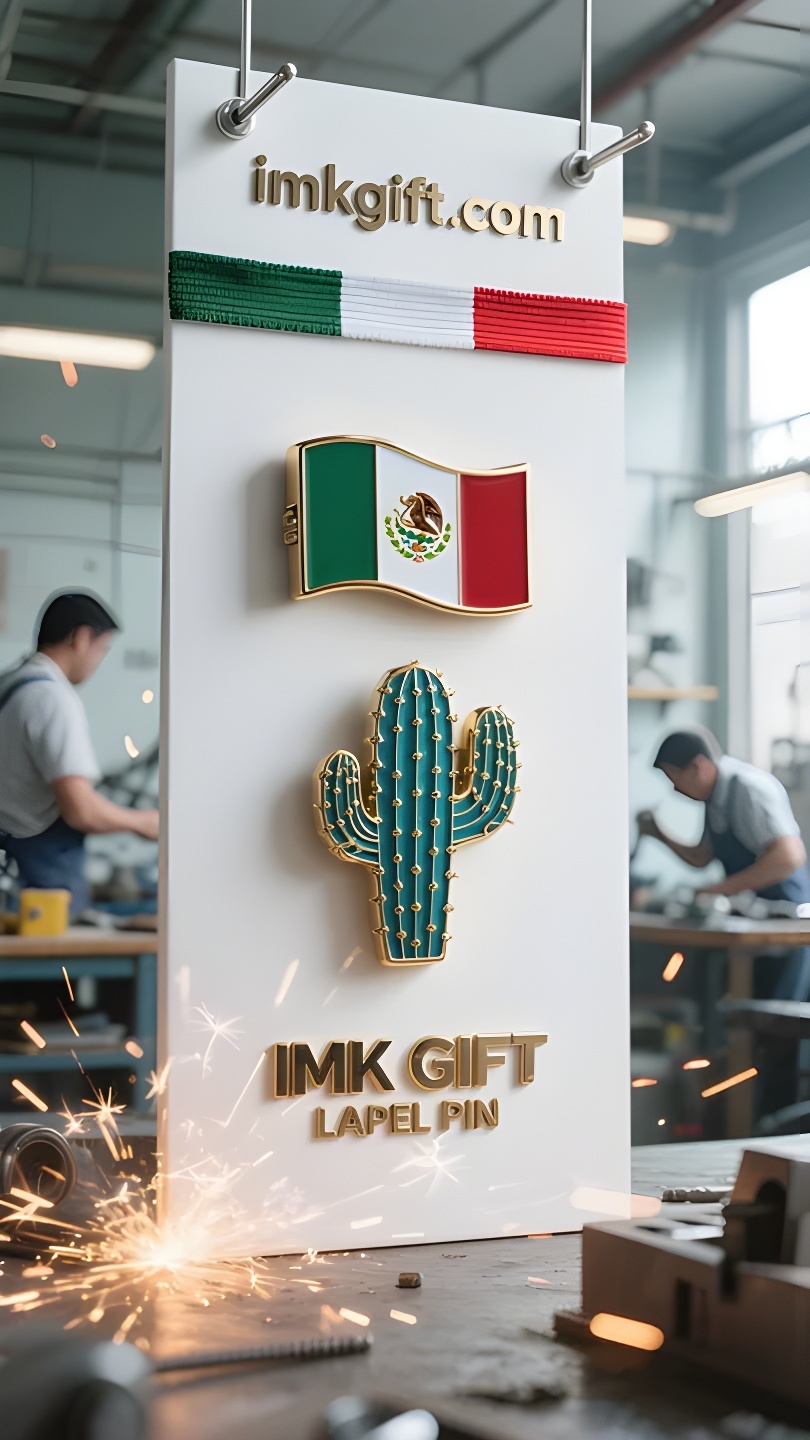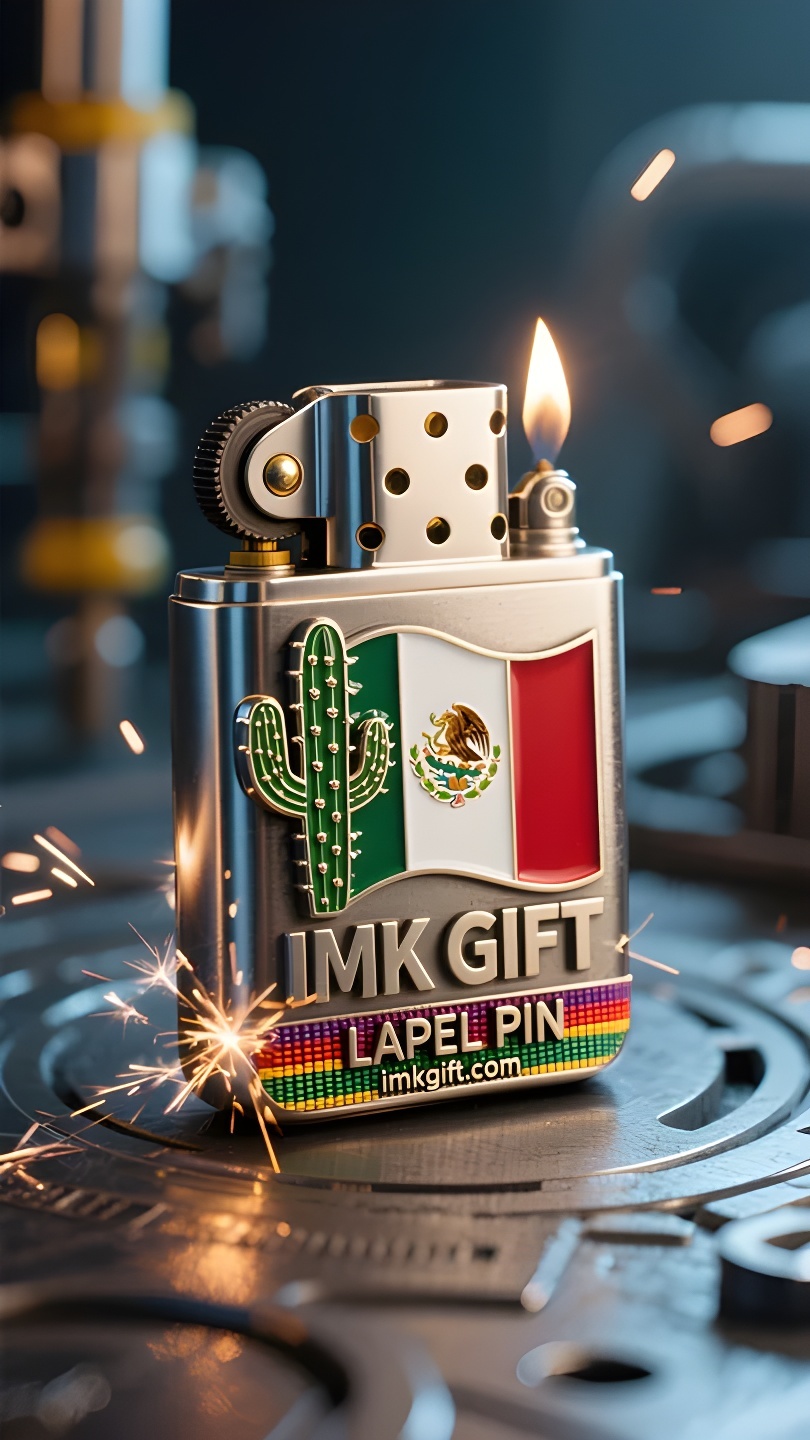in997-Cactus-Fire-El-Alma-Nacional-Eterna
▼
El tótem del águila y el cactus en el centro de la bandera mexicana representa la leyenda de los aztecas cruzando el desierto y construyendo su patria. En la celebración del Día de la Independencia en septiembre, la bandera ondeaba al viento, y los antiguos encendedores, a menudo colocados junto al cactus, eran metáforas de un espíritu nacional más profundo: encender la esperanza en la adversidad y mantener la llama de la civilización para siempre. El cactus es un símbolo de supervivencia en México. Echa raíces en tierras áridas, resiste el viento y la arena con sus afiladas espinas, pero da frutos dulces, al igual que la gente de esta tierra: frente a la colonización y la agitación, siempre defiende la dignidad con tenacidad. El cactus grabado en el tradicional encendedor de plata no es solo una decoración, sino que también implica la misión de “guardián del fuego”. Los aztecas creían que el fuego era un regalo del dios sol y debía transmitirse de generación en generación. Cuando estalló la Guerra de la Independencia, los insurgentes usaron encendedores para encender el faro y dejar que la llama de la libertad se extendiera por la pradera. Los mexicanos de hoy aún heredan la filosofía de los “encendedores de cactus”: la verdadera valentía no reside en cicatrices sin miedo, sino en extraer luz del dolor. Como el cactus del desierto, transforma el sufrimiento en nutrientes incluso cuando lo quema el sol abrasador; como el fuego que nunca se rinde, puede renacer de las cenizas incluso cuando el viento arrecia. Este septiembre, cuando la bandera nacional ondee al viento, espero que todos los que persiguen sus ideales puedan convertirse en su propio “portador de fuego”, echando raíces con la tenacidad de un cactus e iluminando el camino con el fuego de la fe.
The eagle and cactus totem in the center of the Mexican flag carry the legend of the Aztecs crossing the desert and building their homeland. At the Independence Day celebration in September, the flag fluttered in the wind, and the ancient lighters often placed next to the cactus pattern were metaphors for a deeper national spirit – igniting hope in adversity and keeping the fire of civilization forever. Cactus is a symbol of survival in Mexico. It takes root in barren land, resists wind and sand with sharp thorns, but breeds sweet fruits, just like the people of this land: in the face of colonization and turmoil, it always defends dignity with tenacity. The cactus pattern engraved on the traditional silver lighter is not only a decoration, but also implies the mission of “guardian of fire”. The Aztecs believed that fire was a gift from the sun god and needed to be passed down from generation to generation. When the War of Independence broke out, the insurgents used lighters to ignite the beacon and let the flame of freedom spread across the prairie. Today’s Mexicans still inherit the philosophy of “cactus lighters”: true courage is not fearless scars, but to extract light from pain. Just like the cactus in the desert, it transforms suffering into nutrients even when burned by the scorching sun; just like the fire that never gives up, it can be reborn from the ashes even when the wind is raging. This September, when the national flag is unfurled in the wind, I hope that everyone who pursues their ideals can become their own “fire bearer” – taking root with the tenacity of a cactus and lighting the way forward with the fire of faith.
墨西哥国旗中央的雄鹰与仙人掌图腾,承载着阿兹特克人穿越荒漠、建立家园的传奇。九月的独立日庆典上,这面旗帜随风飘扬,而仙人掌图案旁常被放置的古老火机,则隐喻着更深的民族精神——在逆境中点燃希望,让文明之火永不熄灭。
仙人掌是墨西哥的生存象征。它扎根贫瘠之地,以利刺抵御风沙,却孕育甘甜果实,正如这片土地的人民:面对殖民与动荡,始终以坚韧捍卫尊严。而传统银制火机上雕刻的仙人掌纹样,不仅是装饰,更暗含“火种守护者”的使命。阿兹特克人相信,火焰是太阳神的恩赐,需世代传递。当独立战争爆发时,起义者正是用火机点燃烽火,让自由之焰燎原。
今日的墨西哥人依旧传承着“仙人掌火机”的哲学:真正的勇气不是无畏伤痕,而是在伤痛中提炼光明。就像沙漠中的仙人掌,烈日灼烧却将苦难转化为养分;如同永不言弃的火种,即便狂风肆虐,也能在灰烬中重生。这个九月,当国旗在风中舒展,愿每个追逐理想的人都能成为自己的“持火者”——以仙人掌般的韧性扎根,用信念之火照亮前路。
▼
Contact Us
📞 Tel: +0086-760-85286839
📧 Email: sales3@imkgift.com








